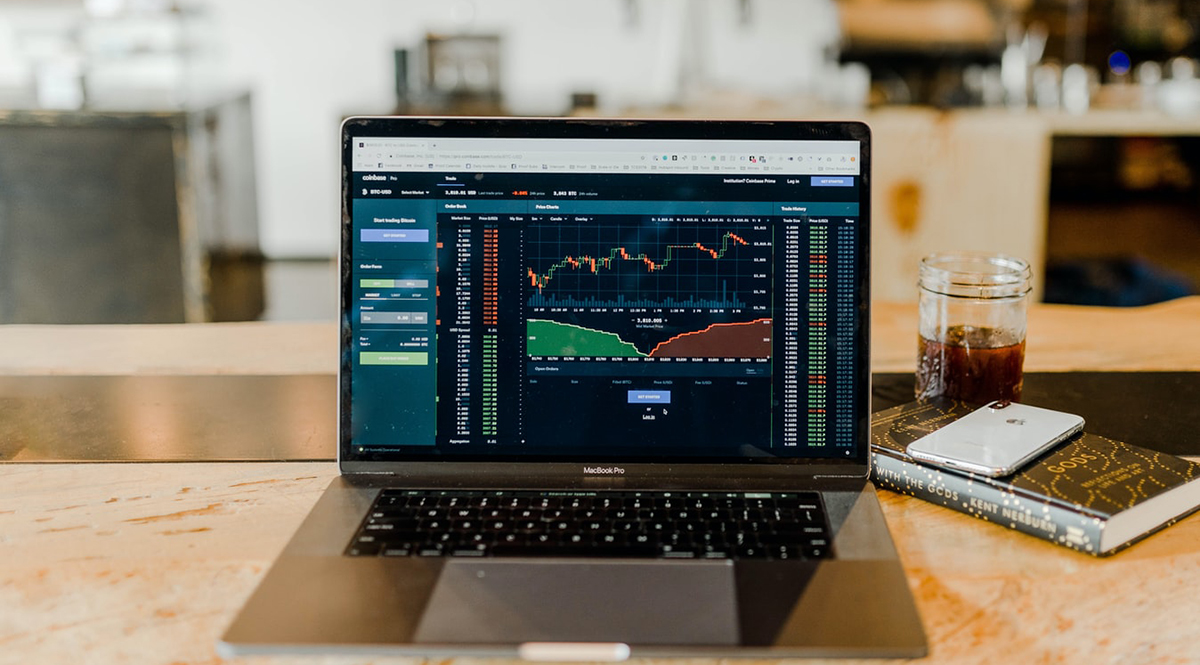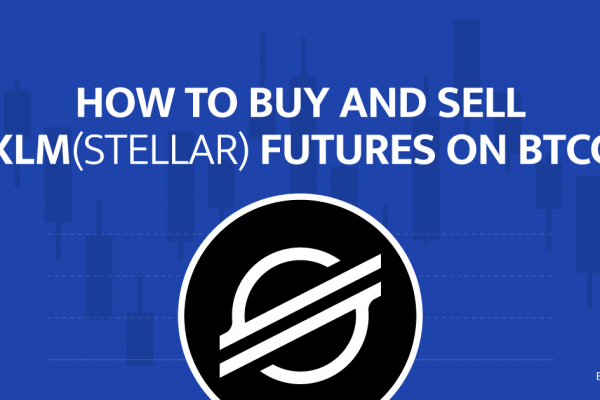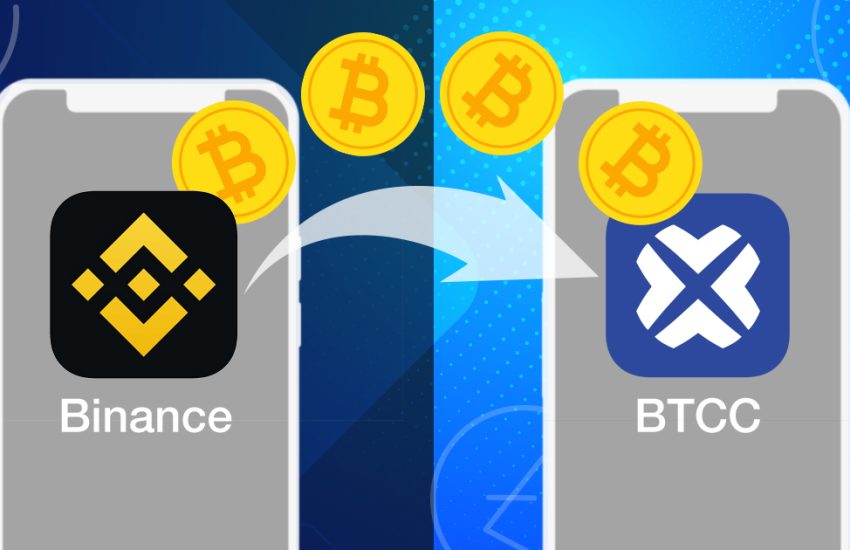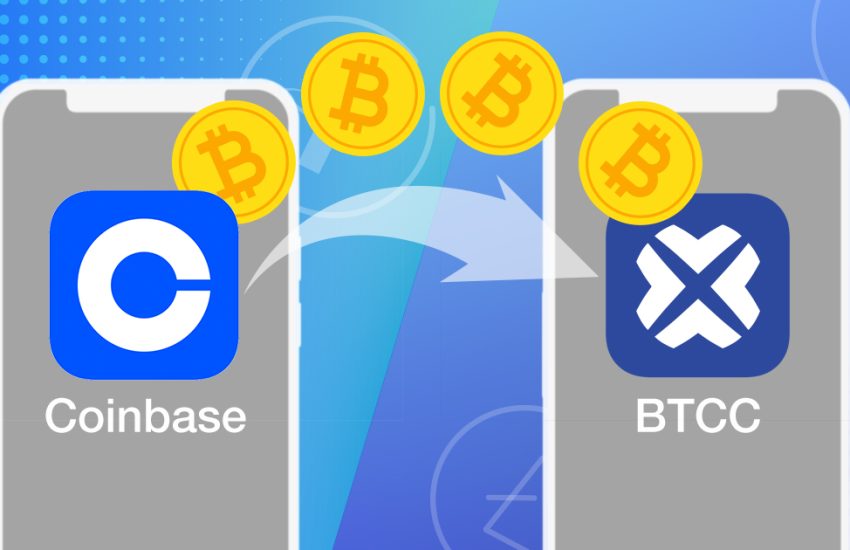How Much Money Is Required To Trade CFDs?
Many people want to get into the trading and finance business but have this wrong mindset that getting started with trading requires a lot of capital, and it’s only for the rich.
Well, that’s not true for trading CFDs, unlike stock trading that may require up to a thousand US dollars for a single company share. Today, the only requirement to start trading CFDs is for you to meet your broker’s minimum deposit, which can be as low as a hundred US dollars.
These days, some CFD brokers even offer cent accounts, where you can make deposits of less than a hundred US Dollars.
| You May Like: Trade bitcoin & other crypto with CFDs on BTCC to make a quick, heavy profit. |
How is this possible, you may ask? Well, with Contract for Difference (CFDs), you can now purchase a derivative at a fraction of a single contract for, say, as little as 0.1.
Derivatives are financial products that have their values derived from a single or multiple underlying assets.
It’s an agreement entered into by two or multiple parties to buy/sell the asset. With derivatives, traders do not have to hold physical delivery of the underlying asset.
When you trade CFDs, it implies you enter into a contract with another party, which can also be your broker. You calculate your profit or loss by taking the difference between the price you entered the agreement (long or short) and the price you exit the trade.
Traders place a wager on the up and down cycles in the underlying market.
How is this possible, you may ask? Enter leverage trading with CFDs
CFDs’ main ingredient is a trader’s option to choose leverage for an asset or the trading account.
Trading this way gives a trader more exposure to more funds, the possibility to trade other markets, and unlock different strategies for asset diversification.
With leverage, your broker loans you the money on a condition that you meet the minimum margin requirement or get your position liquidated if you can’t meet the required margin.
Although you get a boost in profit potentials by using leverage, you also increase your potential loss should the asset go against your anticipated direction.
Taking your first trade on a CFD trading Account
If you’re starting, you can sign up for a CFD leveraged trading account with a regulated broker that would give you access to trade a wide range of asset classes on CFD. From indices, shares, foreign currency pairs, cryptocurrencies, and commodities, a minimum deposit ranges between 100USD to 500USD.
Most brokers offering CFDs have demo accounts where you can try out the different CFD markets and feel how the leverage works for other assets and order trade management ideas.
You can even get more details from your chosen broker’s contract and leverage specification page for further information on some specific asset’s leverage.
After making a deposit and deciding on the CFD you’re interested in trading, the next step is to determine if you’ll be taking a long-buy or short-sell position on the asset.
A long-buy position means you have a conviction that the underlying asset e.g. FX/crypto pair will rise in value. While a short-sell position means you believe a decline in value for the asset is coming.
To do this, you can follow the technical analysis path, following a vast range of technical indicators, a fundamental approach following macroeconomic data releases, or a statistical/machine learning approach.
You might even want to follow a hybrid path by using a combination of these position entry strategies.
Now that you’ve decided on your asset’s possible direction, the next thing is to determine your position sizing for that asset. By this, you calculate the units of the CFD that fits your trading methodology.
Example of CFD Trading
Let’s take a hypothetical example where we buy a commodity CFD asset, say gold (XAUUSD) at 1222.14.
Say we took a 1:2 leverage on our account, and we use the available margin to buy XAUUSD, meaning we get our capital (e.g., 500USD) multiplied by two, and our trade will get liquidated if the price of gold slumps by 50%.
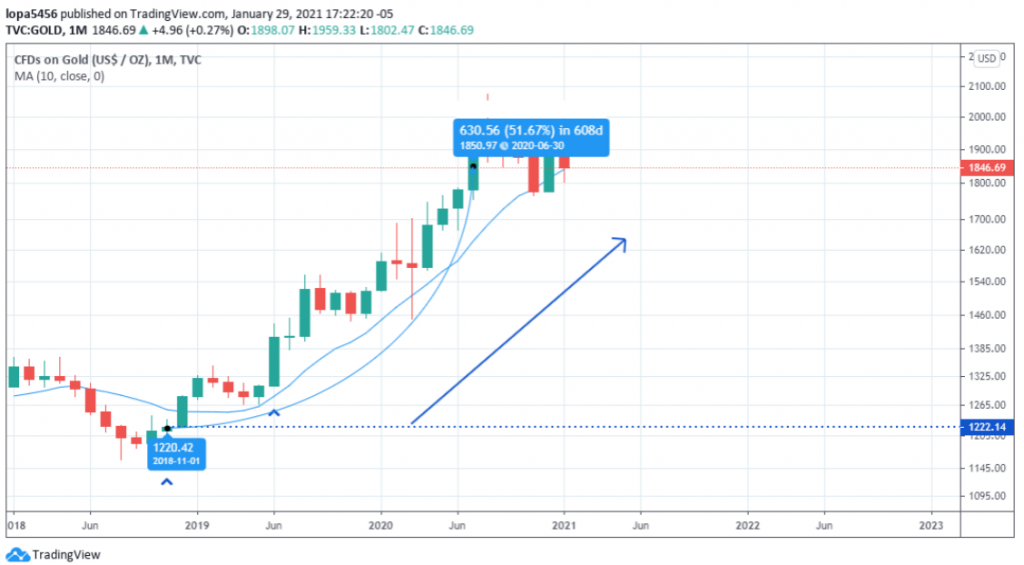
In the example above, the XAUUSD exchange rate soared beyond 50%, and let’s assume we exited the trade after the asset increased by 50%. Instead of 250USD on the transaction, we make 500USD, thanks to leverage.
Conclusion
Back to the question, “how much money is required to trade CFDs?” Well, that depends on your choice of broker and the number of assets you will like to have access to trade, as some brokers will restrict you to trade certain assets depending on your account size.
Shop around for a regulated broker online, and you’ll be surprised by the relatively low minimum deposits required to get started.
| You May Like: Trade bitcoin & other crypto with CFDs on BTCC to make a quick, heavy profit. |
